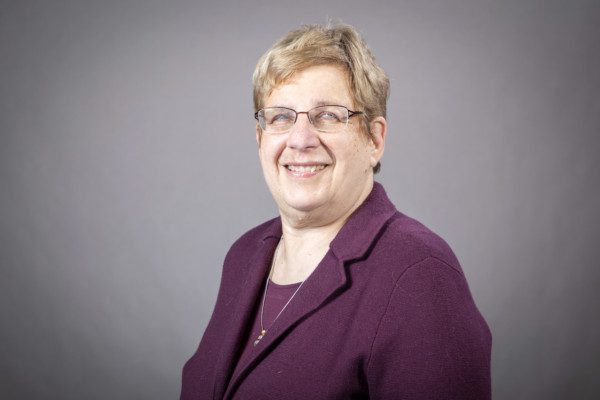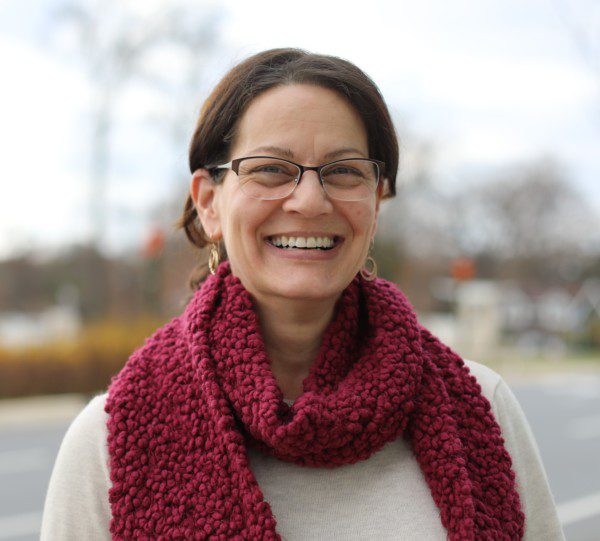Nation’s most comprehensive opioid addiction bill holds lessons for colleges and universities
The opioid addiction epidemic is a public health and public safety crisis of equal opportunity. Across the nation, the impact of addiction to heroin, fentanyl, and prescription opioids has led to devastating health and social consequences for communities and families in Massachusetts and across the country. Addiction is a disease that does not discriminate, and has cut short the promising futures of college students and athletes who did not know the risks associated with painkillers. Opioid addiction is an urgent problem that all communities must address, including our communities of higher learning.
To tackle this epidemic, Massachusetts has responded with an “all-hands-on-deck” effort involving legislators, health care professionals, community leaders, families, addiction experts, pain advocates, treatment providers, and policymakers at every level. As a result, the state recently passed a trailblazing law that addresses substance use, treatment, education, and prevention of opioid addiction. For college administrators and health directors, this legislation can serve as a blueprint for combatting student addiction.
The overprescribing of painkillers, combined with a lack of awareness of their dangers on the part of both prescribers and patients, has led to a national addiction epidemic, and nearly 30,000 opioid overdose-related fatalities in the United States annually. We need to get the word out – especially to young people – about the dangers of drugs and the risks of prescription medication. Too many people aren’t aware of the risks, including the fact that 4 out of 5 heroin users started with prescription drugs, and 90 percent of all adults with dependence started using under the age of 18, half under the age of 15.
According to a recent survey of college-aged youth (conducted by the Mary Christie Foundation and Hazelden Betty Ford Institute for Recovery Advocacy), 60 percent of respondents thought prescription pain medicine was less risky than heroin. Almost 16 percent reported having used painkillers not prescribed to them, a number that rose even higher (22.2 percent) among those who are or were in intercollegiate sports. Nearly half (49.5 percent) said painkillers were “easy” to acquire, and could get them within 24 hours. And 40 percent of respondents said they would not know where to go for help if they, or someone they know, experienced an overdose.
The opioid legislation enacted by Massachusetts does some very important things to get at the problem.
It requires prescribers to check the Prescription Monitoring Program (PMP) every time they write a prescription for an opioid. We know, from other states, that mandatory PMP checking reduces opioid prescriptions and doctor shopping. It is time well spent. A similar measure in New York produced a 75 percent drop in patients who were seeing multiple prescribers to obtain the same drugs, which would put them at higher risk of overdose.
Prescribers will undergo enhanced training around opioids, and for the first time, they’ll learn how their prescribing rates compare to those of their colleagues, and be notified when they are above average. It also requires doctors and pharmacists to inform patients about the dangers of opioid addiction when a drug is prescribed.
Additionally, the law put a limit on first-time opioid prescriptions, which will cut back on the number of pills in our medicine cabinets and at kid’s parties. And the act includes critical provisions aimed at informing young people, parents, and patients about the risks of prescription painkillers, and requires that education about opioid addiction be incorporated into annual high school sports training and driver education.
For colleges and universities, education about the dangers of opioids should clearly be a higher priority, given what’s at stake. In the most recent NCAA survey, 23 percent of college athletes reported receiving prescription pain medication. In their article, “Cautious Opioid Prescribing for College Athletes,” Drs. Victor Schwartz and Andrew Kolodny note that athletes who are at high risk for acute pain from injury are also at risk for opioid addiction. Schwartz and Kolodny advise college physicians to avoid opioids whenever possible, or prescribe low doses and small quantities. The need for education and enhanced awareness, they say, is also a problem, citing the little-known fact that physical dependence on opioids can happen in a matter of days. “Some of the difficulty surrounding the proper use of these drugs stems from the fact that there are numerous misunderstandings about their usefulness and safety.”
According to the University of Maryland’s College Life Study, non-medical prescription drug use does not occur in isolation. In addition to having devastating health consequences, drug use and combined substance abuse undermine academic performance and drive up college drop-out rates.
Our role in ensuring the health and education of young adults is as essential as the content we provide in the classroom. We must remove barriers so students know the risks associated with painkillers, and have a clear path to addiction treatment and recovery.
Maura Healey is the Attorney General of Massachusetts
Ellen Zane is the CEO Emeritus of Tufts Medical Center, Boston, MA and a member of the Council of Experts for the Mary Christie Foundation



